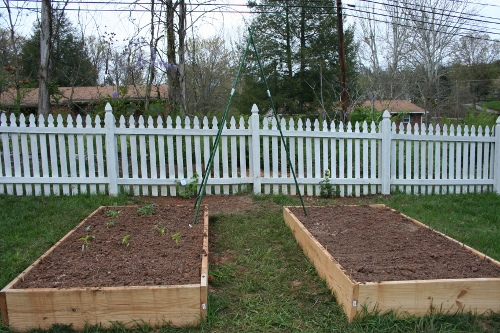 Canning isn’t as scary as it sounds. Yes, you do need to know the basics of various types of canning equipment and have to meet certain boiling times and temperatures lest you accidentally give yourself botulism, but don’t let that threat intimidate you. Plenty of people practice home canning, and as long as you follow the safety precautions, everything will be fine.
Canning isn’t as scary as it sounds. Yes, you do need to know the basics of various types of canning equipment and have to meet certain boiling times and temperatures lest you accidentally give yourself botulism, but don’t let that threat intimidate you. Plenty of people practice home canning, and as long as you follow the safety precautions, everything will be fine.
Before you begin canning, familiarize yourself with the two main processes: Water bath canning and Pressure canning.
Water Bath Canning
Water bath canning is exactly what it sounds like. Your jars are filled with fruits and vegetables that have been processed using your chosen recipes, and they are placed in boiling water for a particular length of time. You don’t need a fancy device to can your recipes this way – any pot that is large and deep enough will suffice. However, this method of preservation only works with things that are highly acidic. For example, if you choose to make your own spaghetti sauce from your homegrown tomatoes, you’ll need to add a little lemon juice to each jar before you place it in the canner.
Pressure Canning
Pressure canning gets a bad rap because people think that it sounds terrifying. Ignore the horror stories about broken jars and other things, and just be cautious and follow the directions. You’ll be fine. This method is recommended for canning fruit preserves, jams, and jellies that are on the sweeter side. You’ll need to place the jars in the canner, then observe the temperatures and time to ensure that everything has been “cooked” long enough.
What do you need?
Canning Jars and Lids
Remember that canning jars can be reused, but lids and bands (the part that goes over the lids and screws into the jar) cannot. However, canning jars and lids tend to be on the inexpensive side. If you wait until late August or early September to buy them, your local grocery store may even have them on sale. Yes, you can purchase them online or at a specialty store, but even if you go for the least expensive ones, they’ll work just fine.
Other Tools
Other things that you’ll need include oven mitts to protect your hands, and a jar lifter (the jars will be very hot right after they’re removed from the canners.) A funnel will also help, since you’ll be pouring your homemade concoctions into the jars, and this can get messy. You also need to wash and boil the jars (not the lids or bands, although you’ll want to wash them, too) before you use them. The boiling prevents the jars from cracking when they undergo the canning process. A simple pan with hot water will work for this.
Recipes
Last but not least, you’ll need some recipes! There are a ton of recipes available online for everything from pickles to jam. You should make a small batch of the recipe first, just to see how it turns out, before you start the canning process. Otherwise, you might end up with a huge batch of unappetizing jelly or sauce.
Pic by Rachel Tayse






No comments yet.